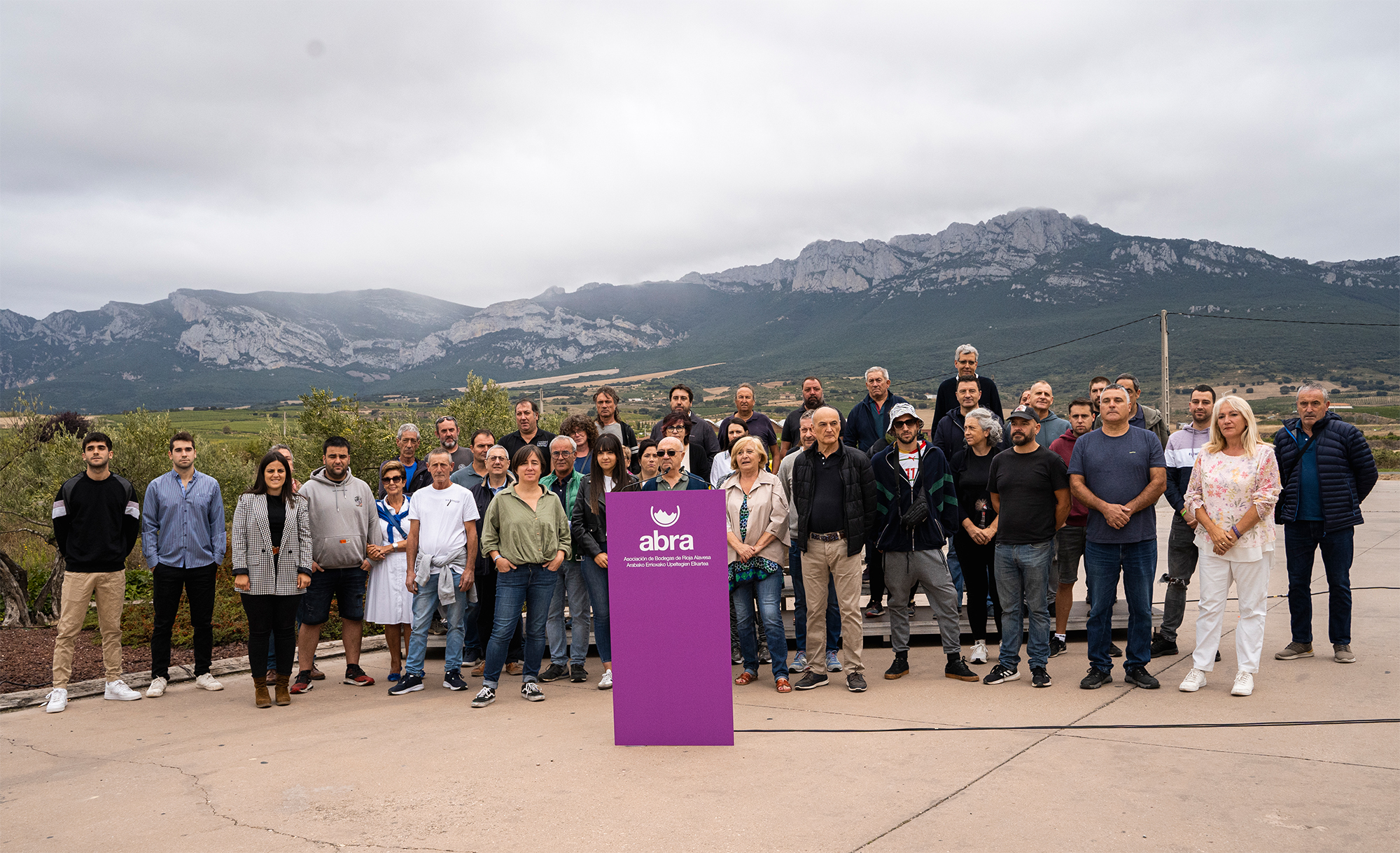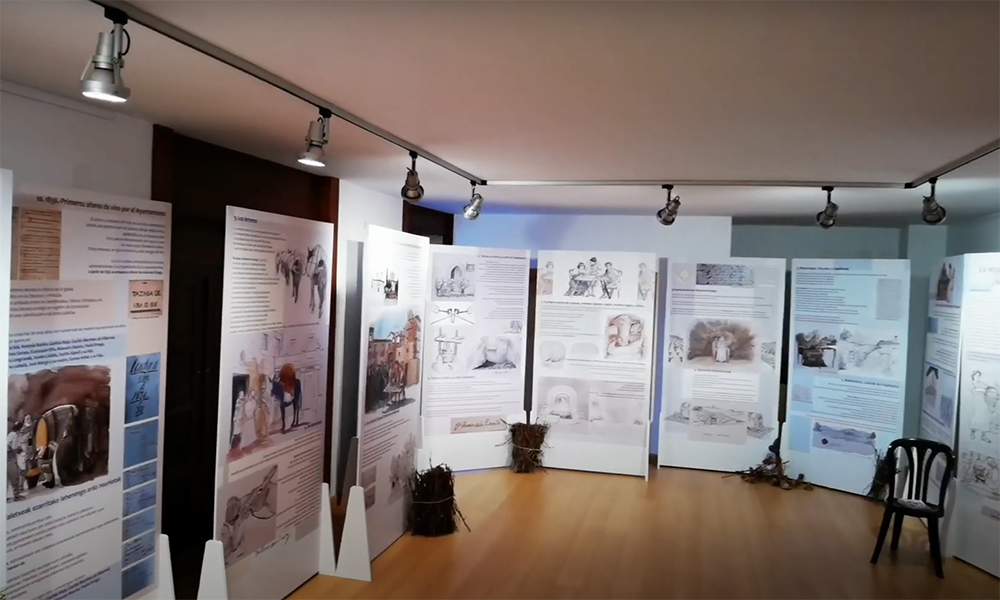The gap, widening
- Wine production has generated great social gaps and economic inequalities in Rioja Alavesa, where citizens who do not earn the basic wage and wineries of the billionaires live together.

Rioja Alavesa is the territory with the highest Gross Domestic Product of Álava, Bizkaia and Gipuzkoa (EUR 62,120/year), as well as avoiding the economic crisis of recent years. On the contrary, income imbalances among citizens are very high, and 45.6% of citizens have to live with a maximum monthly income of EUR 930.
"The spread of poverty is therefore important. Social cohesion around the wine sector has some gaps," said Gaindegia. In the study on the socio-economic situation in the regions of the Basque Country, the Centre for Social Development has also made it clear that there is employment in the wine-growing area, but that the needs of low-skilled labour generate precariousness and precariousness. "Vinification has attracted the population born outside the Spanish State, especially in Morocco, where there are few residents willing to exercise these working conditions".

It depends on winemaking.
The economic development of Rioja Alavesa is directly linked to viniculture in all sectors. Thus, as stated by Gaindegia, the primary sector generates 12.5% of the added value of the economy of the region, with the industry generating 53.2% of the added value. Therefore, 38.2% of the region's economic fabric operates directly in the primary sector, while another large proportion is indirectly linked to this sector in both industry and services.
The activity rate of the population (72.2%) is lower than that of the Basque Country (-4.6%) and the unemployment rate (16.9%) is higher than that of the Basque Country (+2.4%). Thus, in Rioja Alavesa there are 4,300 people employed and 900 unemployed, and in Rioja Alavesa there are 2,300. In total, there are about 6,200 jobs in the region, but, as has been said, this employment has a high temporality and in most cases is precarious.
While facing the social and economic gap, the territory faces the challenge of taking action in the face of the loss of population. In fact, in the last decade most of the municipalities of Rioja Alavesa have lost population and only Oyón has allowed the region to maintain its demographic growth. The ageing rate is lower than in the rest of the counties of the Basque Country, but in many localities it is very evident: In Samaniego, Ebro Baths and Leza, for example.
"Azken urteetan Arabako upategi txikiak desagertzen ari dira. 1995ean 700 inguru izatetik, gaur egun 200 eta gutxi gelditzen gara", adierazi du Esti Besak.




















